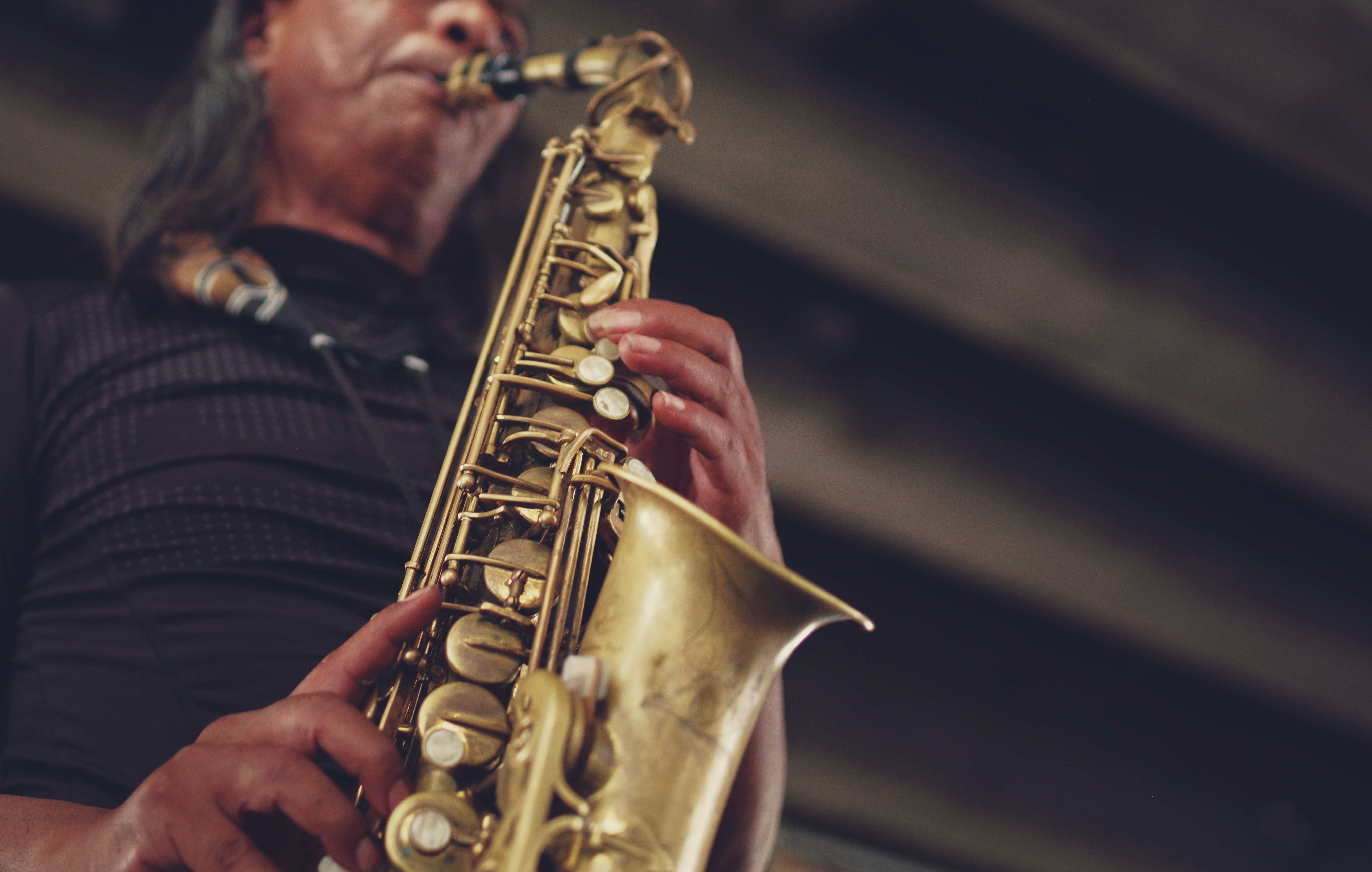Think of your favorite jazz piece.
You can probably hear it clearly in your head. Think of the tempo, the solos and how the song makes you feel. Now, think about how that piece would sound if you took away the drums, the double bass/electric guitar and the piano/keyboard. There’s no doubt that piece would most likely sound disjointed and not as dynamic as the piece that you fell in love with does.
That’s why the rhythm section is at the heart of every jazz song you hear. Without it, everything would just fall flat.
So what is a rhythm section?
A rhythm section, also known as a backup band, provides the rhythm, harmony and beat for a jazz band or ensemble. A typical rhythm section might have one or more guitars, a keyboard instrument or piano, a double bass or electric bass and drums. There’s no set number of instruments for a rhythm section. It can be made up of two or three instruments, or it can have several keyboardists, guitar players, string players and drummers.
Large rhythm sections are often led by a bandleader or a conductor. This person deciphers the tempo of each song, when the song starts, when the song gets slower, when the soloists are supposed to change and how a song a song will end.
In jazz groups and jazz fusion bands, the rhythm section members usually perform improvised solos. Drummers might “trade” short solo sections with a saxophone player or trumpet players. This is often referred to as “trading fours.” Drummers and horn players will alternate four-bar solo sections during a song. It’s common for them to trade eights, twos, ones, or other numbers depending on the style of the piece.
Some pieces that spotlight what rhythm sections do best are “Kind of Blue” by Miles Davis,
“Ornithology” by Charlie Parker, “Birdland” by Weather Report and “Actual Proof” by Herbie Hancock to name a few.
What are your picks for best rhythm section? Let us know in the comments.





